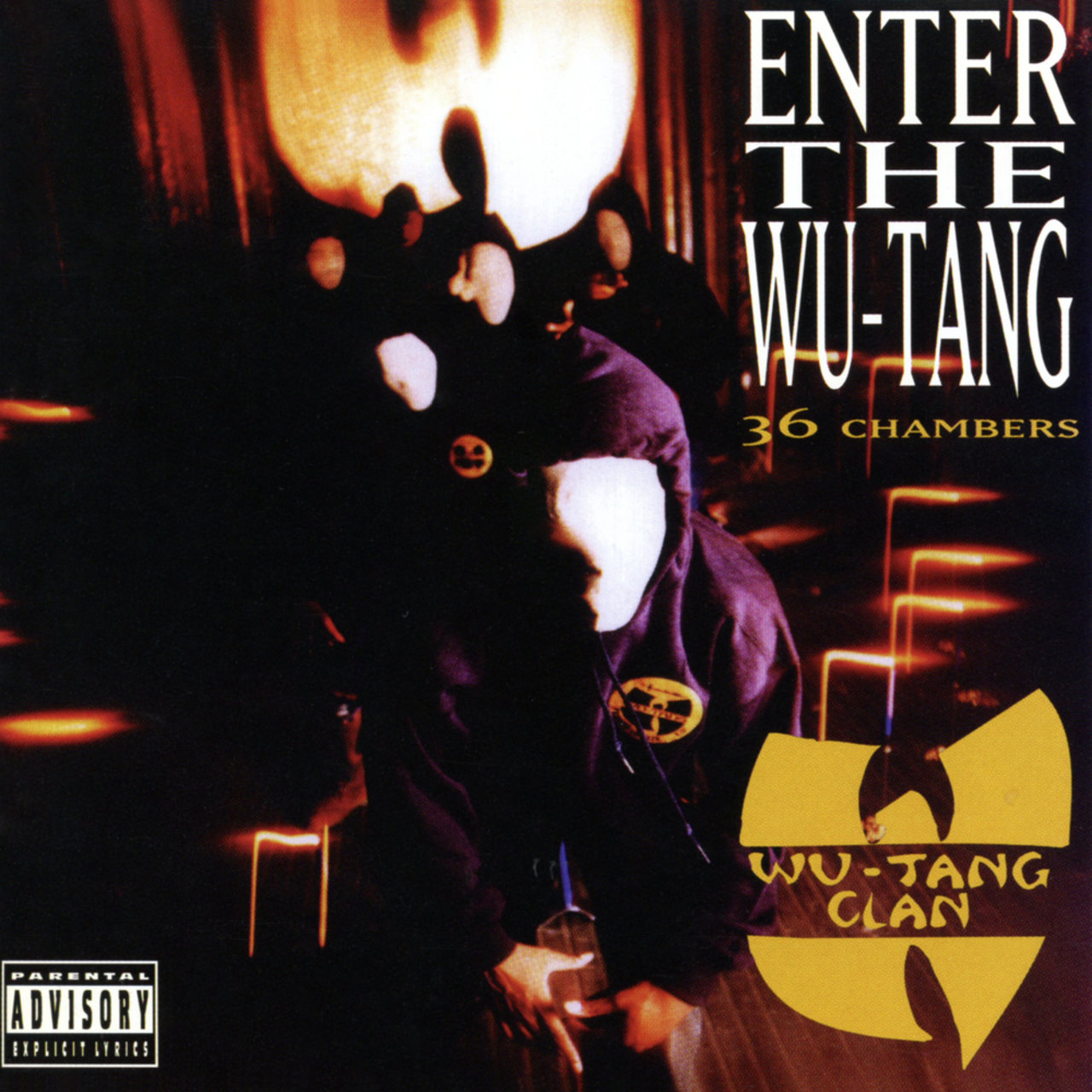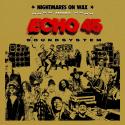Martial arts mayhem, Shaolin philosophy, a tribe of masked hip hop warriors emerging from the mist of Staten Island, a Funkadelic-Parliament collective sprawling through the music industry in the age of black mass incarceration: the Wu-Tang Clan were all these things, immediately. Will Ashton’s new book, Chamber Music: About the Wu-Tang (in 36 Pieces), considers their 1993 debut album Enter the Wu-Tang (36 Chambers) in provocative, cut-up, sample-heavy style. In conversation with the languidly learned, culturally sensitive journalist Kevin Le Gendre, he sets the Wu-Tang in a broad, often ugly American context.
Ashton’s background as boss of UK hip hop label Big Dada, which released Roots Manuva’s debut Brand New Second Hand (1999) and so helped legitimise home-grown artists, is discussed first. The self-described white, middle-class, Oxford-educated “nerd” from Leicestershire came to the music late from a grounding in jazz. The Wu-Tang, with their Thelonious Monk samples, supple and fragmented musical thinking, and a collective consciousness he equates tonight to the Mingus Big Band, offered partially familiar pleasures.
 Ashton (pictured bottom) locates Enter the Wu-Tang at the sweet spot when sampling was affordable and not yet corralled by copyright fees. Reading from his book’s close analysis of Masta Killa’s mere 32 seconds on the record, he emphasises how the impacted, “dead verse”-free work of nine jostling MCs contributed to its “relative complexity”, with Clan mastermind RZA fine-tuning finger-click beats on odd rhythms to make it swing. The lineage of bebop and hip hop is ever-present, and well understood by Le Gendre, himself a fine jazz journalist.
Ashton (pictured bottom) locates Enter the Wu-Tang at the sweet spot when sampling was affordable and not yet corralled by copyright fees. Reading from his book’s close analysis of Masta Killa’s mere 32 seconds on the record, he emphasises how the impacted, “dead verse”-free work of nine jostling MCs contributed to its “relative complexity”, with Clan mastermind RZA fine-tuning finger-click beats on odd rhythms to make it swing. The lineage of bebop and hip hop is ever-present, and well understood by Le Gendre, himself a fine jazz journalist.
The most powerful part of this discussion (in a small church hall near Brighton Station) takes us on Ashton’s journey to Staten Island. This Italian-American, suburban, Republican redoubt is New York’s least-loved borough, and a “laughable” location for hip hop revolution in a Nineties ruled by West Coast G-Funk and gangsta-rap. It could be said that where the West Coast sampled George Clinton’s Parliament-Funkadelic empire, RZA adopted his philosophy of subverting the music business from within, with the subsequent slew of Wu solo albums.
Ashton instead emphasises the two Staten housing projects from which most of the Clan came, and RZA’s mythical uniting of these traditionally warring blocks. The Wu-Tang shrouded this in martial arts movie mysticism, but it’s hard not to think of Christopher Walken’s Frank White violently uniting the city’s gangs for a higher purpose in Abel Ferrara’s Schoolly D-soundtracked King of New York (1990), another hip-hop touchstone from this fertile era.
 Ashton’s Staten Island wanderings found Wu-Tang landmarks near a memorial to Eric Garner, the African-American killed in a police choke-hold in 2014. Le Gendre suggests the enduring aptness of the debut Wu-Tang single “Protect Ya Neck”. Criticism of hip-hop’s lyrical violence further inspires Ashton to explore his deepest theme, of escalating New Right oppression of African-Americans since Reagan (though Clinton’s responsibility for horrific, racist mass incarceration laws must be remembered).
Ashton’s Staten Island wanderings found Wu-Tang landmarks near a memorial to Eric Garner, the African-American killed in a police choke-hold in 2014. Le Gendre suggests the enduring aptness of the debut Wu-Tang single “Protect Ya Neck”. Criticism of hip-hop’s lyrical violence further inspires Ashton to explore his deepest theme, of escalating New Right oppression of African-Americans since Reagan (though Clinton’s responsibility for horrific, racist mass incarceration laws must be remembered).
FBI assassinations and “covert wars against their own population” are part of the civil non-rights narrative which hip hop soundtracks. The Wu-Tang sampled Rev Martin Luther King on their 2014 comeback A Better Tomorrow, but rap of a nation where his dream remains broken. As Ashton says with feeling of this art: “To make something beautiful when you’re under the amount of pressure that young African-American men in particular are put under is astounding."















Add comment